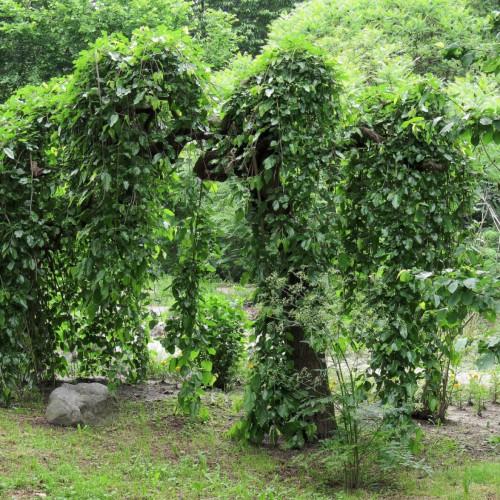
white mulberry
Morus alba 'Chaparral'
Cycle:
Perennial
Watering:
Average
Hardiness Zone:
4 - 8
Flowers:
Flowers
Sun:
Full sun,part shade
Fruits:
Fruits Ready In
Edible:
Yes
Leaf:
Yes
Growth Rate:
Low
Maintenance:
High
Drought Tolerant:
Yes
Salt Tolerant:
Yes
Care Level:
Medium
watering
White mulberry (Morus alba 'Chaparral') should be watered deeply and regularly. Water it when the soil starts to feel dry about 1-2 inches down from the surface. Depending on the temperature, rainfall, and soil type, this could be 2 to 3 times per week during periods of hot weather or weekly during cooler weather. In order to encourage strong root growth, allow the soil to dry out somewhat between waterings. If the top few inches of the soil remain constantly moist, it could lead to root rot or other problems.
sunlight
White mulberry (Morus alba 'Chaparral') thrives in full sun, meaning it needs at least 6 hours of direct sunlight each day to grow and flourish. During the hottest parts of the day it should be provided with some partial shade or be located beneath taller trees to provide respite from the sun’s rays. The best time of day for sunlight is in the morning, so the tree has plenty of time to take advantage of the energy to use for photosynthesis throughout the day.
pruning
White mulberry (Morus alba 'Chaparral') should be pruned when necessary in the spring once the risk of frost has passed. Pruning should be done to thin and shape the canopy of the tree, remove dead or damaged branches, and to create better air flow through the canopy. Pruning should not impact more than 1-third of the canopy of the tree at a single time to maintain its aesthetic appeal. To ensure best results and minimal stress on the tree, only prune branches that are no larger than 1 inch in diameter. For younger trees, remove any suckers or branches to encourage the desired shape of the canopy.
